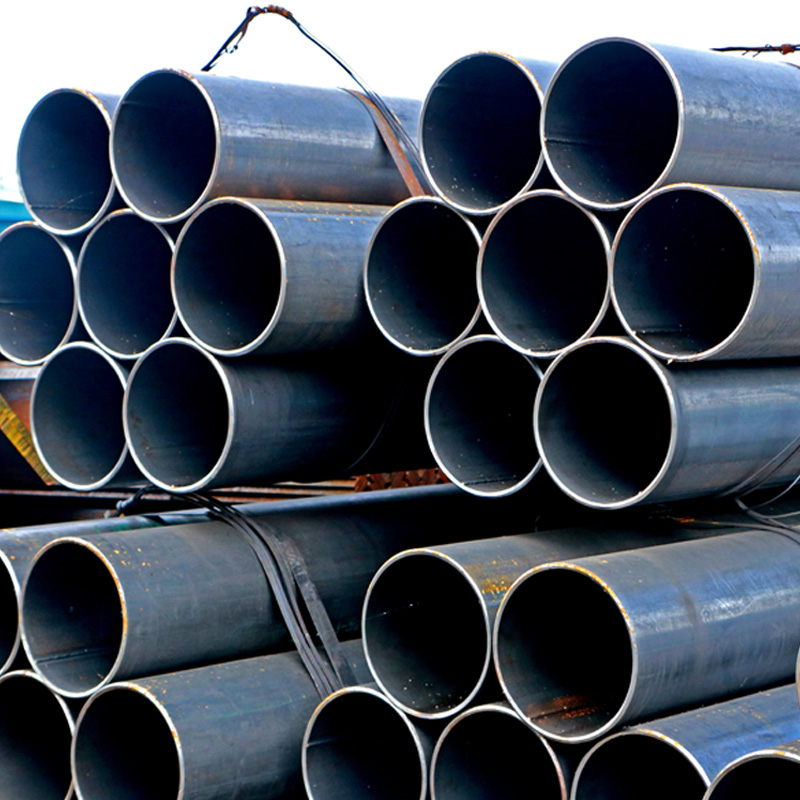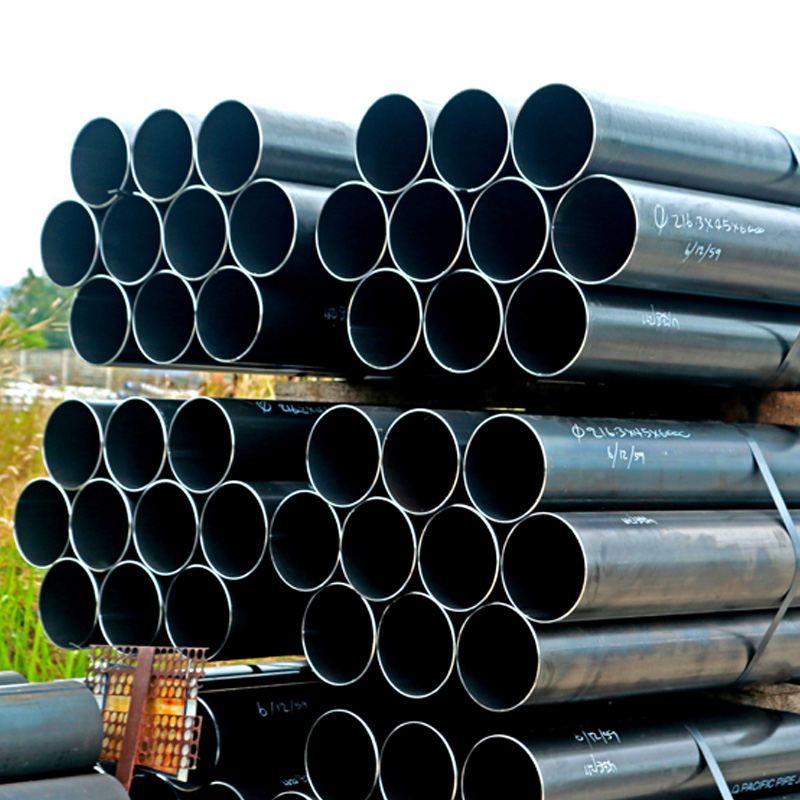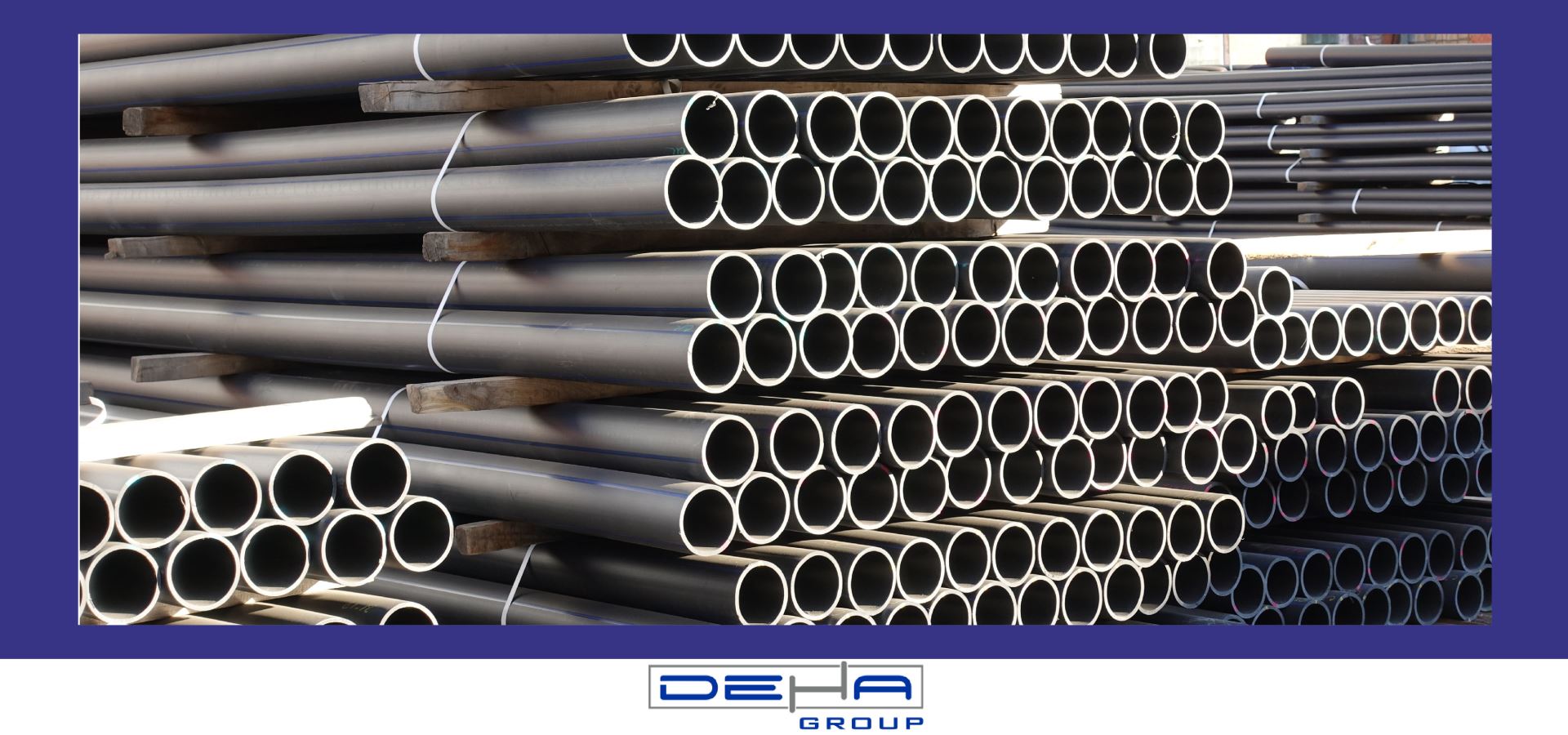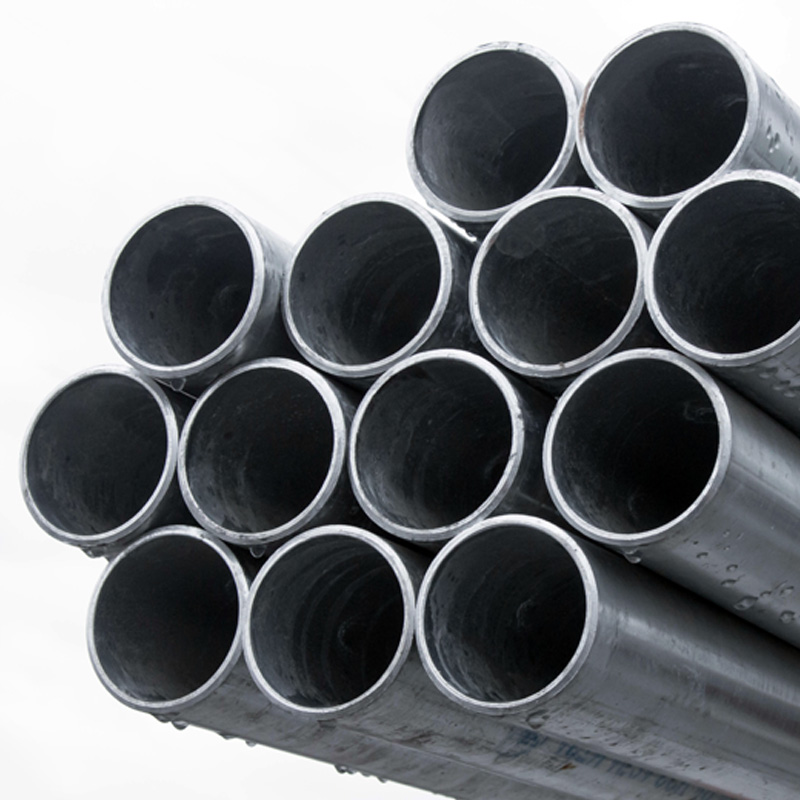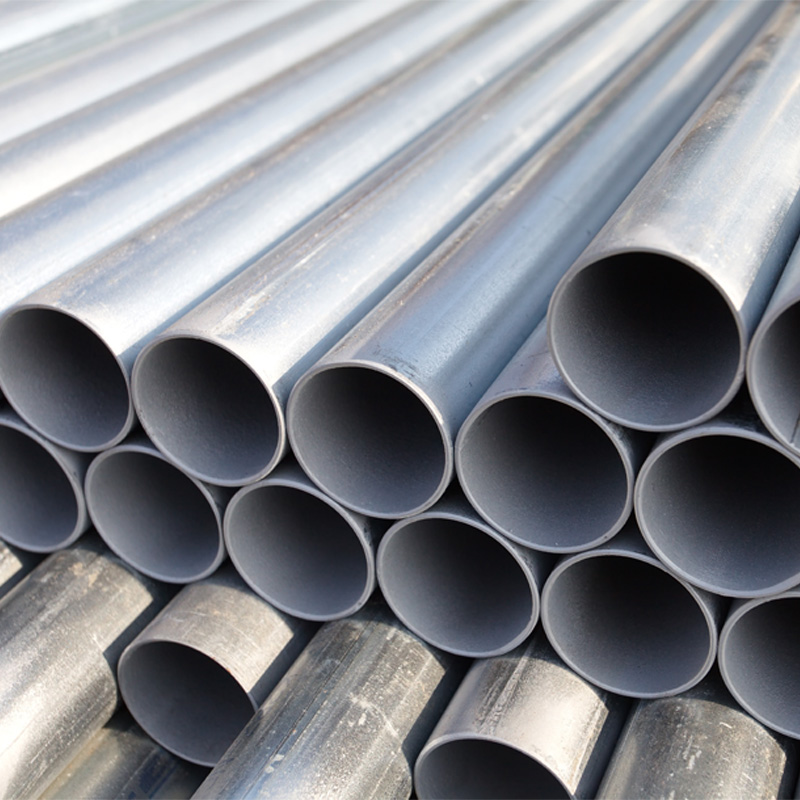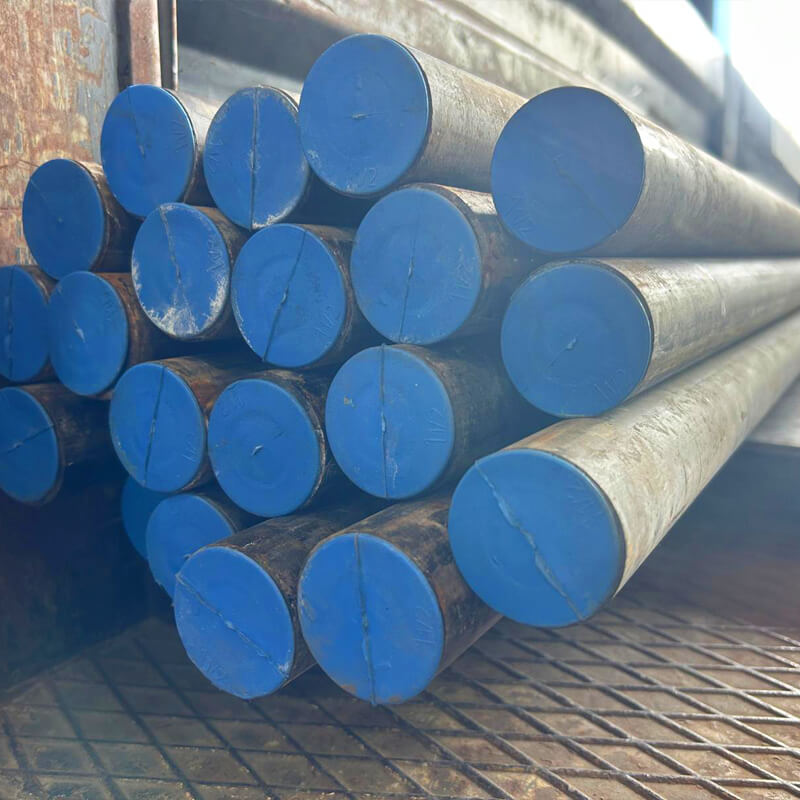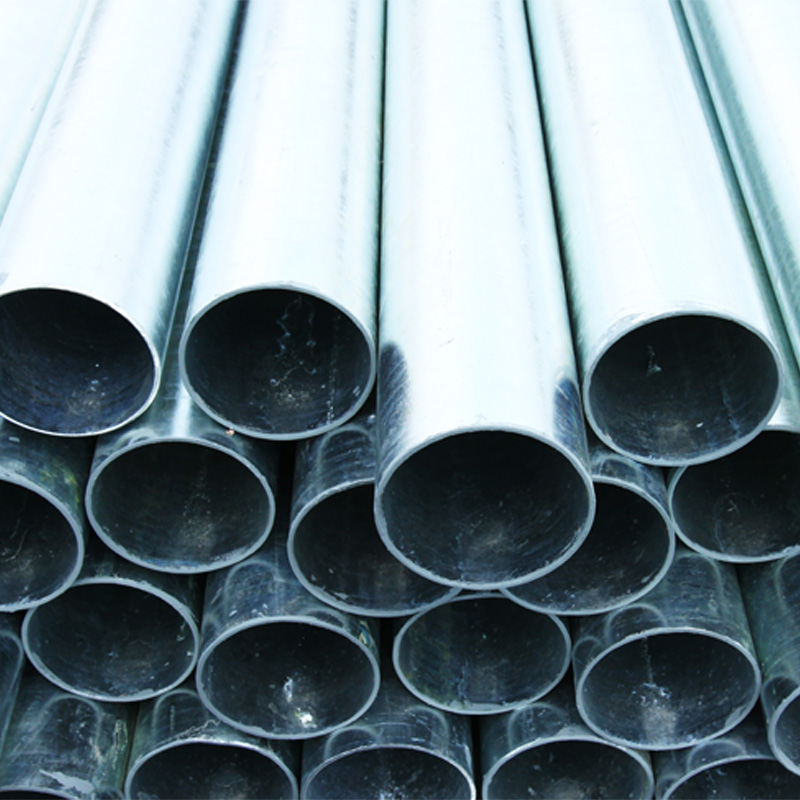Water pipes play a critical role in transporting, distributing, and delivering water, which is a fundamental need in our daily lives. These pipes, made from various materials, are widely used in different areas from residences to industrial facilities. Being informed about the production processes, types, and areas of use of water pipes is crucial for making the right choices.
Water pipes are pipe systems that facilitate the transportation of water from a source to a target point. They are commonly used in homes, buildings, and industrial areas for the delivery of clean water and the discharge of wastewater. Water pipes are made from materials suitable for hygienic conditions, especially for sensitive needs like drinking water. Additionally, these pipes, which need to withstand high pressure, should be durable and leak-proof.
The production of water pipes varies according to the material used. Generally, it includes the following steps:
Raw Material Selection and Preparation
The raw material used in production is determined according to the purpose of the pipe. Materials like steel, copper, PVC, and PPRC are among the most preferred. The material selection is made based on the properties of the water and the area of use.
Extrusion Method
Plastic water pipes are usually produced using the extrusion method. In this process, the raw material is heated, melted, and passed through a specific mold to form a pipe shape. Then a cooling process is applied to harden the pipe.
Production of Metal Pipes
Metal pipes such as steel and copper are produced by rolling sheet materials into a cylindrical shape and welding. Additionally, processes like galvanization are applied to provide corrosion resistance.
Testing and Inspection
After the production is complete, water pipes are subjected to various durability tests. Pressure, temperature, and leak tests check the pipes for compliance with quality standards.
In Which Areas Are Water Pipes Used?
Water pipes have a very wide range of uses. The main areas of use are as follows:
Residential Use
In homes, water pipes are used to deliver clean water to kitchens, bathrooms, and other necessary points. They are also important for the drainage of waste water.
Industrial Facilities
In factories, water pipes play a critical role in transporting water used in production processes and discharging waste water. Durable materials are preferred for high-pressure water transport systems.
Agriculture and Irrigation Systems
The efficient operation of irrigation systems in agricultural activities is made possible by water pipes. Lightweight and durable pipes are especially used in drip and sprinkler systems.
Infrastructure Projects
Water pipes are indispensable in large infrastructure projects like urban water distribution networks and sewage systems. Pipes with long-lasting and leak-proof features are preferred.
Firefighting Systems
Pipes used in fire installations must be resistant to high pressure and corrosion. Steel pipes are commonly used in these systems.
What Are the Types of Water Pipes?
Water pipes are classified into different types according to material and usage area. The main types of water pipes are as follows:
PVC Water Pipes
PVC pipes, which are lightweight and economical, are widely used in residential and agricultural irrigation systems. Although they have high chemical resistance, they are sensitive to temperature changes.
PPRC Pipes
Polypropylene Random Copolymer (PPRC) pipes are preferred especially in hot water systems. They are known for their durability and long lifespan.
Steel Water Pipes
Steel pipes, which are resistant to high pressure, are generally used in industrial facilities and fire systems. Galvanizing is applied to prevent corrosion.
Copper Pipes
Copper pipes, known for their hygienic properties, are preferred in drinking water installations. However, they are more costly compared to other types of pipes.
Polyethylene (PE) Pipes
Polyethylene pipes, known for their flexibility and durability, are usually used in outdoor water transport systems. There are also types that provide protection against UV rays.
What Are the Similarities Between Water Pipes and Natural Gas Pipes?
The differences between water pipes and natural gas pipes are as follows:
Material:
Water Pipes: They are usually made from materials like PVC, PPRC, steel, or copper. Materials that do not harm water and are suitable for health are preferred.
Natural Gas Pipes: Made from steel, copper, or special polyethylene (PE) materials. They are designed to withstand the pressure and sealing requirements of gas.
Pressure and Durability:
Water Pipes: Generally resistant to low to medium pressure. Water pipes operate under lower pressure compared to natural gas pipes.
Natural Gas Pipes: Designed to withstand high pressure and must have special features for the safe transport of gas.
Insulation and Safety:
Water Pipes: Water pipes usually do not provide heat and sound insulation, but in some special cases, insulation can be applied.
Natural Gas Pipes: Strict safety measures and insulation are applied to prevent gas leakage. Natural gas pipes require extra safety measures against leakage risks.
Installation and Application:
Water Pipes: Water pipes are usually laid underground and used in various indoor installations.
Natural Gas Pipes: Natural gas pipes are laid underground or within walls with special permits and expertise. Installation is done more carefully to prevent gas leakage.
Corrosion and Durability:
Water Pipes: Corrosion-resistant materials are used, but they are at risk of rusting due to continuous exposure to water.
Natural Gas Pipes: Generally more durable and have anti-corrosion properties. Gas pipes are made from materials more resistant to weather conditions and chemical effects.
What Materials Are Used in Water Pipes?
The materials used in water pipes vary depending on the function and area of use of the pipe. The most common materials are as follows:
Steel
Known for its durability and resistance to pressure, steel is often preferred in infrastructure and industrial applications.
Copper
Used in drinking water installations due to its antibacterial properties, copper is both hygienic and long-lasting.
PVC (Polyvinyl Chloride)
PVC, an economical and lightweight material, is typically used in low-pressure water transport systems.
Polyethylene (PE)
Known for its flexible structure, polyethylene is preferred in both agricultural and domestic irrigation systems.
Polypropylene (PP)
Used in hot water transport systems, polypropylene is resistant to high temperatures and long-lasting.
Advantages of Plastic Water Pipes
Plastic water pipes are one of the most preferred types in the modern construction industry. The main reason for this is the superior properties of plastic material. Here are the main advantages offered by plastic water pipes:
Lightweight and Portable
Plastic water pipes are much lighter compared to pipes made of steel or other materials. This makes both transportation and installation easier.
Corrosion Resistance
Plastic water pipes are resistant to external factors like moisture and water. Thanks to these features, they offer long-lasting use and do not cause rusting issues.
Flexibility and Durability
Pipes made from plastic materials are resistant to impacts thanks to their flexible structures. Additionally, the risk of breaking at low temperatures is very low.
Cost-Effective
Plastic water pipes are more economical compared to pipes made from other materials due to their low production costs. This provides a cost advantage for both individual users and large projects.
Easy Installation and Maintenance
Plastic pipes can be easily cut and mounted. In case of any malfunction, they are also quite practical to repair.
Chemical Resistance
Their resistance to various chemicals makes plastic water pipes an ideal choice for industrial applications.
What Should Be Considered When Choosing a Water Pipe?
The selection of a water pipe is a critical process for both individual users and engineering projects. Incorrectly selected pipes can lead to issues such as water leakage, short lifespan, and high maintenance costs. Here are the things to consider when choosing a water pipe:
Purpose of Use
It is important to first determine the purpose of use when selecting water pipes. For example, plastic pipes are suitable for household use, while steel pipes should be chosen for industrial areas.
Pressure and Temperature Resistance
You should consider the pressure and temperature values the pipe can withstand. These values are especially critical in hot water lines.
Material Selection
It is necessary to choose among pipes made from plastic, steel, copper, or other materials. Knowing the advantages offered by each material will help you make the right decision.
Ease of Installation
It is important that the installation of the selected pipe is easy and practical. This provides cost and time savings, especially for individual users.
Longevity and Durability
The longevity and durability of water pipes are important both in terms of cost and performance. Plastic pipes are generally long-lasting, but steel pipes may be more durable under challenging conditions.
Compliance with Standards
It is a critical factor for pipes to be produced according to quality standards for safe use. We will address this issue in detail below.
Water Pipes Used in Clean Water Installations
These types of pipes used in clean water installations should be made from materials that are suitable for their purpose, do not affect the quality and cleanliness of the clean water, and are resistant to corrosion. These water pipes used in clean water installations can be made from different materials and raw materials.
Today, plastic pipes are beginning to replace steel pipes. The lifespan of a steel pipe ranges from 10 to 50 years, depending on the material's thickness and proper use. While determined at an average temperature of 20 °C, this lifespan decreases if pressure and temperature increase.
In building interior cold and hot water installations, galvanized steel, copper, and plastic pipes can be used. Today, due to longer usage, economic, and easy installation compared to galvanized steel pipes, also good in price performance, plastic pipes are primarily preferred. However, in exposed installations, pre-set copper pipes are preferred more for their aesthetic value.
In clean water installations, a slope of 1% should be realized on horizontal pipes to enable water drainage by the meter. Exposed pipes should always be interlocked. The distance of the pipe axis from the wall should be 4 cm up to 3 inches and 5 – 6 cm for pipes 3 inches and larger.
Water pipes placed underground outside the building should be insulated at a depth of 60 – 80 – 100 cm according to the region to prevent freezing. Necessary precautions should effectively be taken in areas where heavy and loaded trucks will pass. Welding should not be used in collector construction. If welding must be used, re-galvanizing should be done.
Deha Metal with Aluminum Foil Reinforced Water Pipes
These pipes consist of three layers. Between the pipe and the coating, material from PPR-Type 3 is placed together with aluminum foil. The foil is welded with special PP films to ensure connection on the aluminum foil and PP layer.
The upper and lower layers are produced with polyethylene cross-linked together, and the middle layer is aluminum foil. Thanks to the strong cross-linked bonds, the pipe's resistance to high temperatures becomes easier. The simple material aluminum foil in the middle layer of the water pipe reduces the pipe's length increase at high temperatures by working as a whole with cross-linked polyethylene. In plastic aluminum foil pipes, before joining each other, the foil at the mouth parts is trimmed and made smooth. At Deha Metal company, it is delivered to the user this way.
For open sewage systems, PVC pipes are mostly preferred. This option provides many advantages. Usually low cost, ease of installation, and durability. All these features are used for various purposes in companies like Deha Metal.
```

 TR
TR

